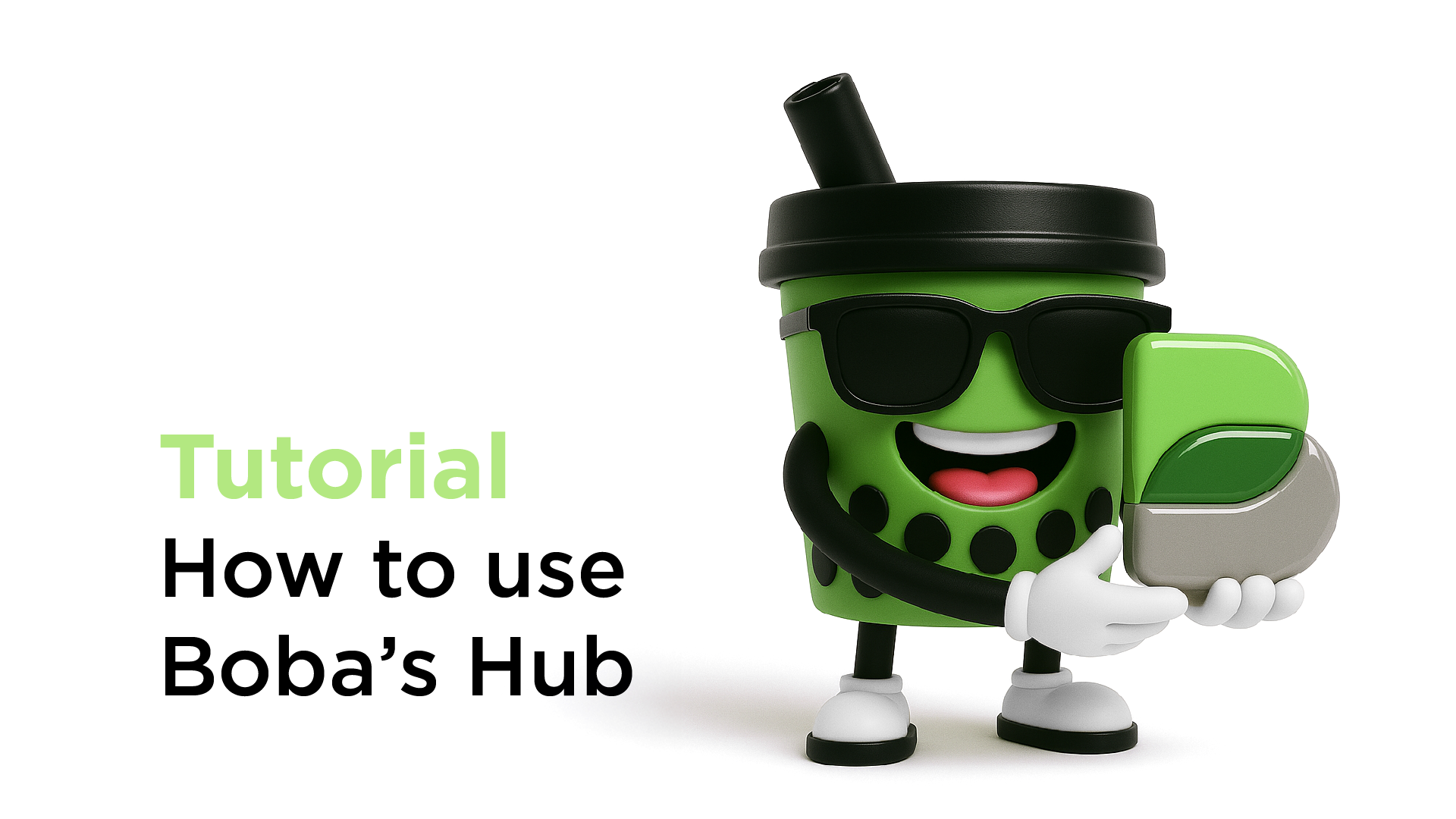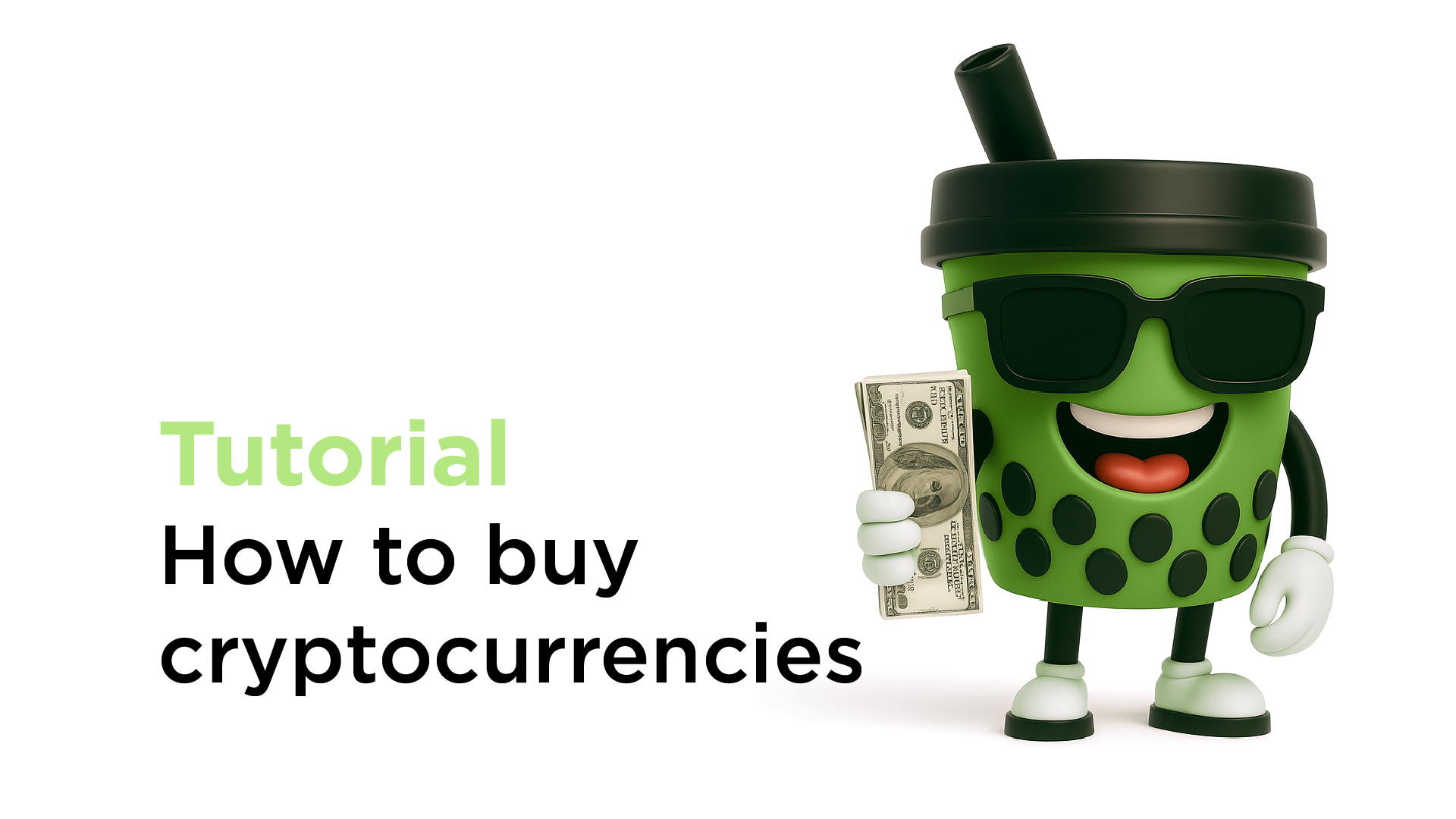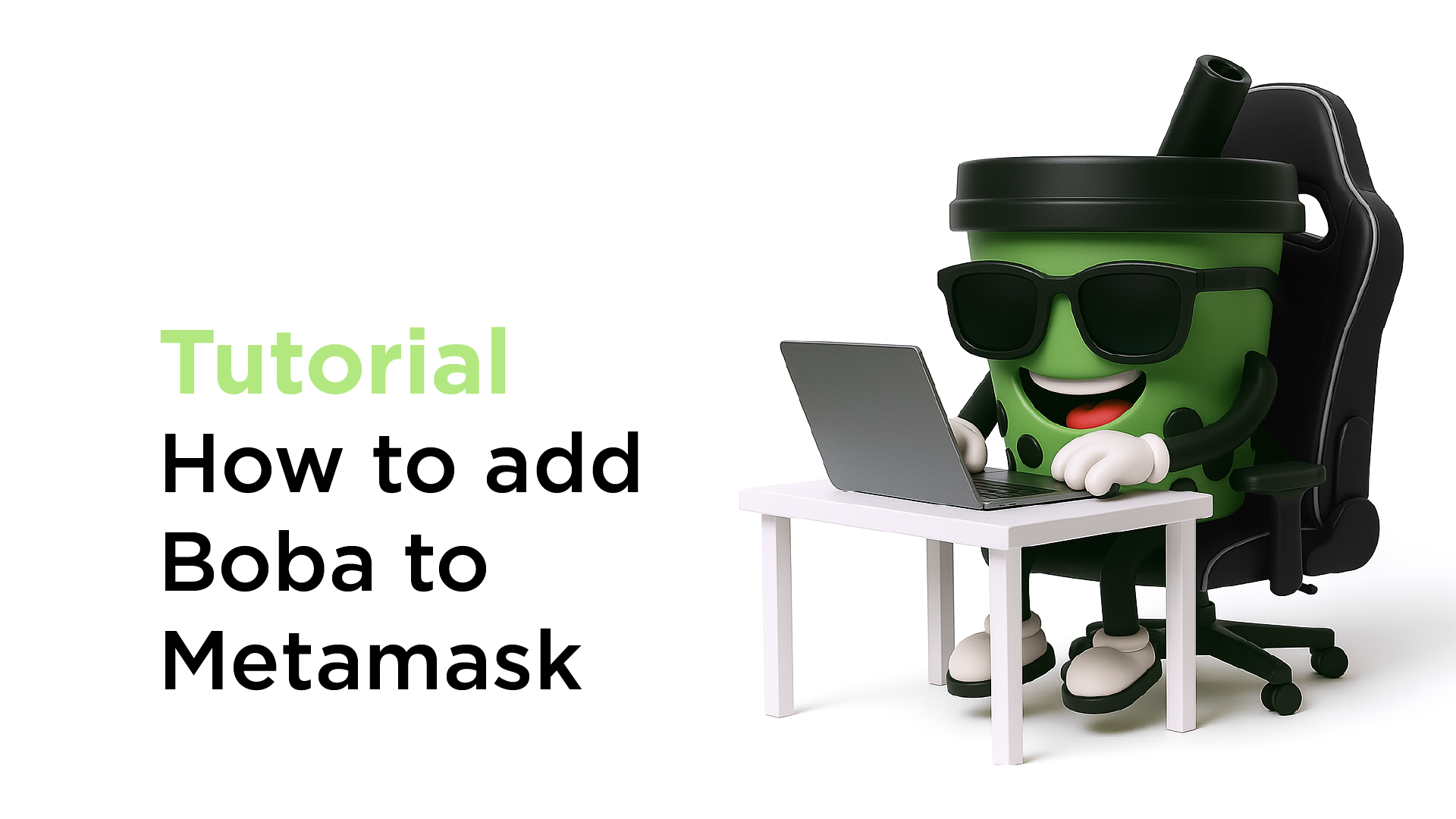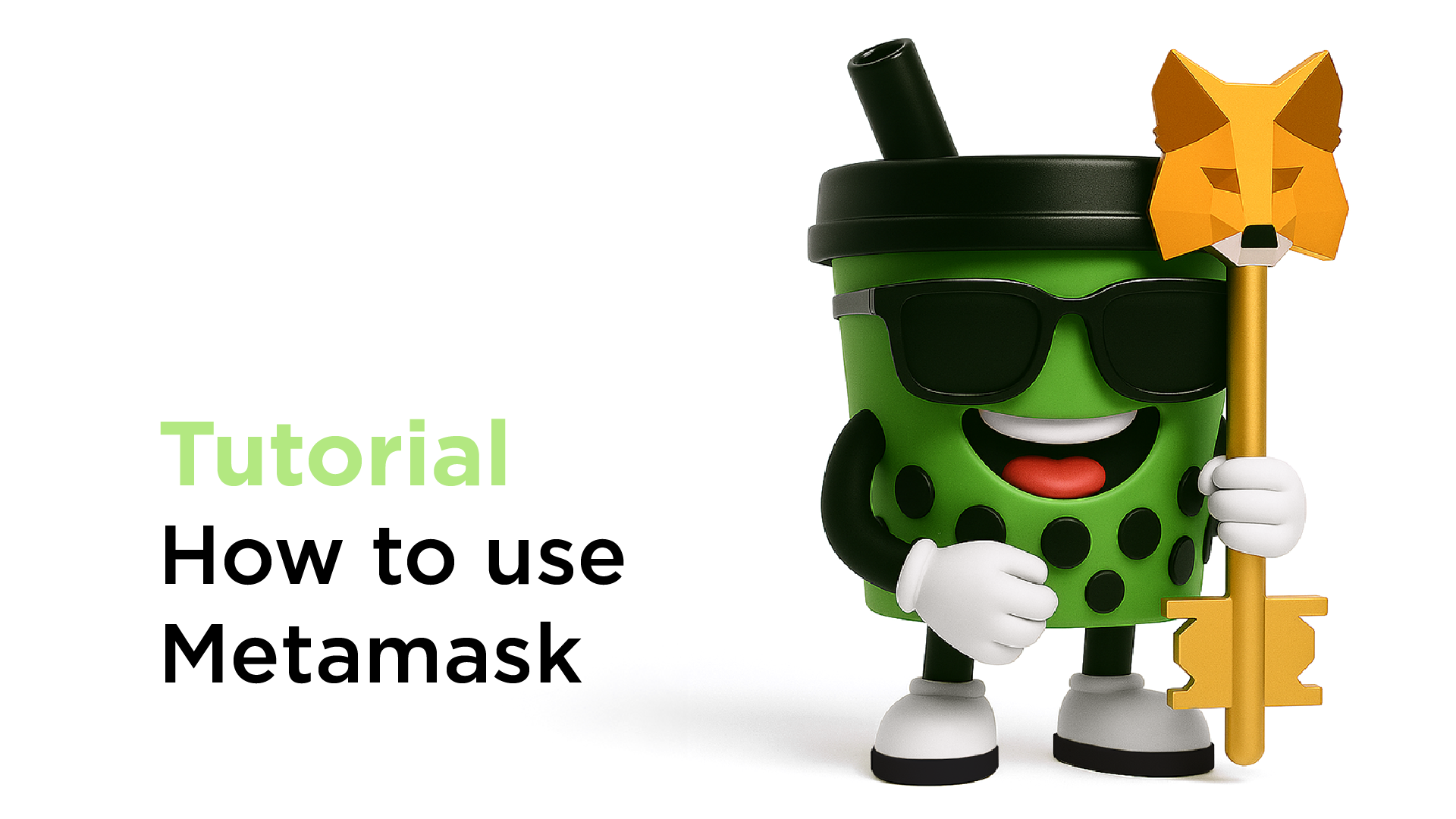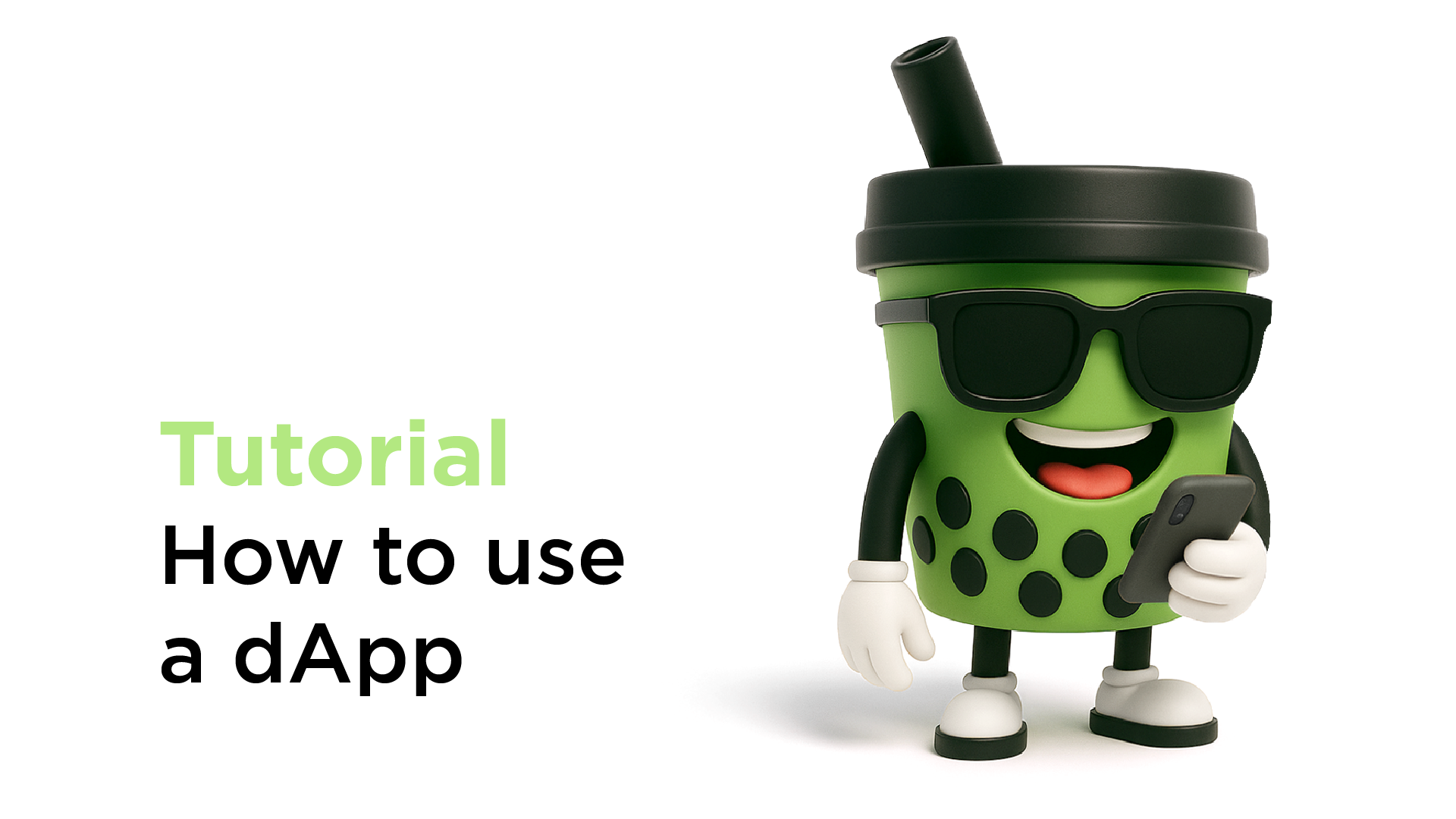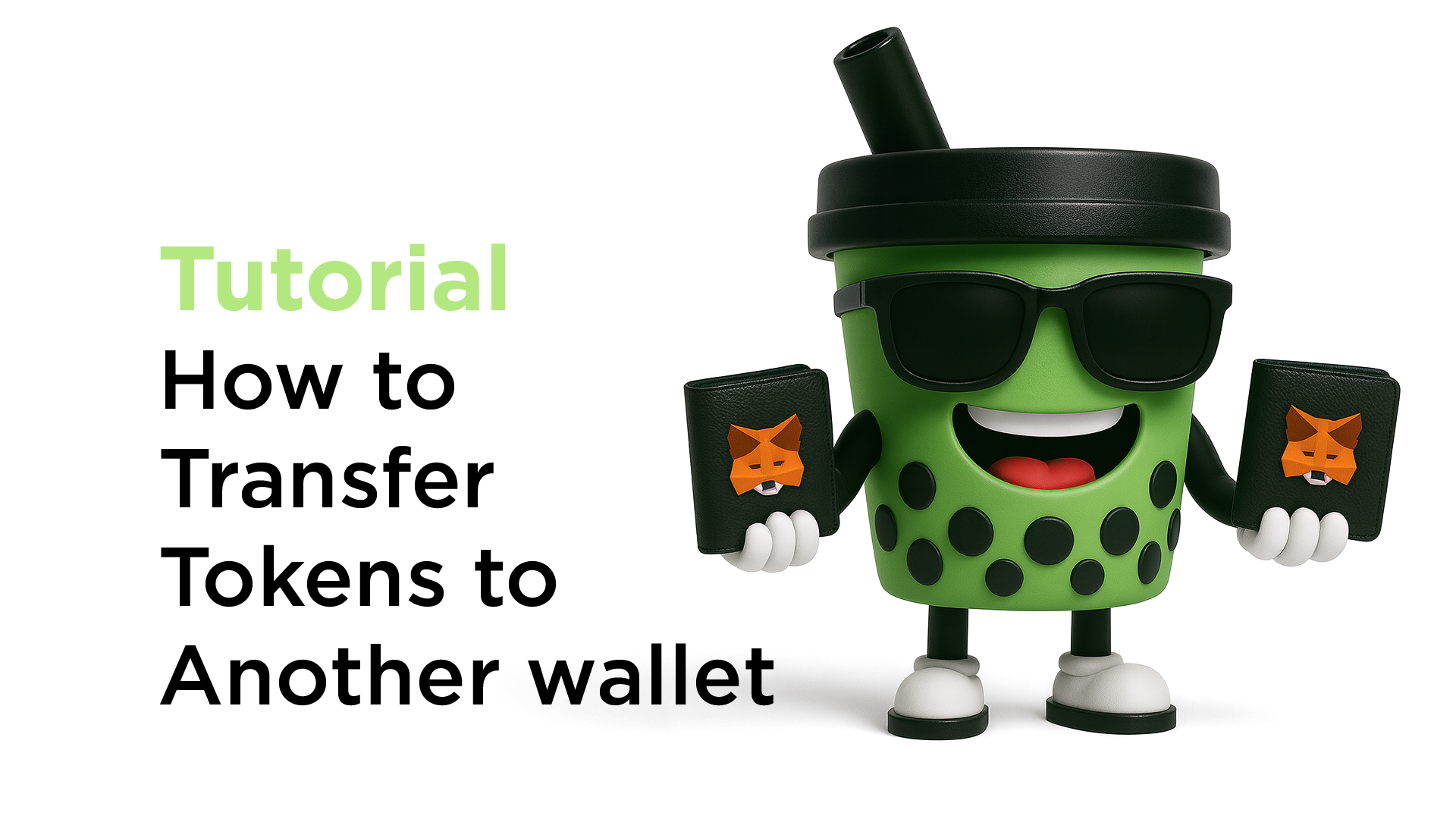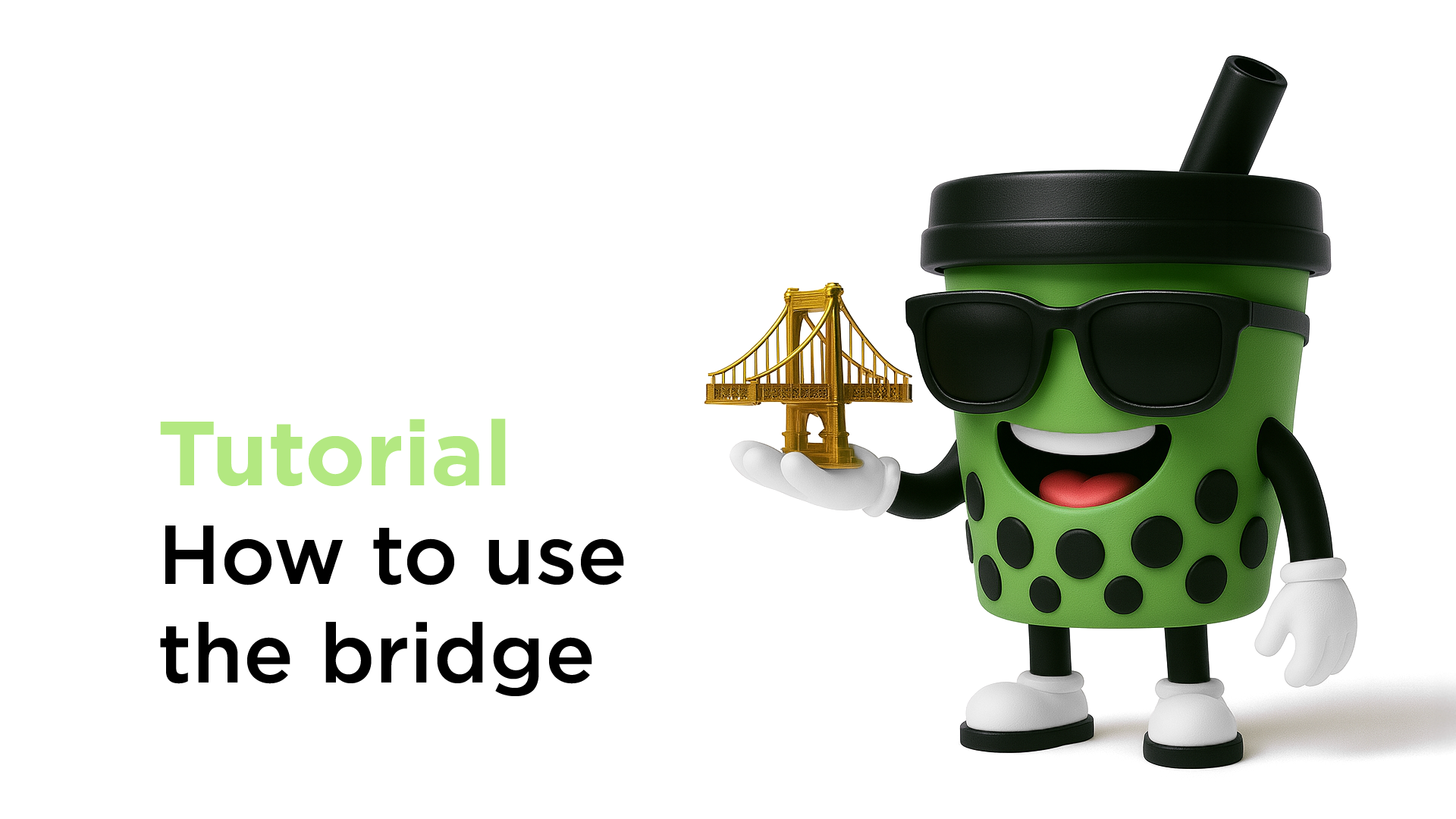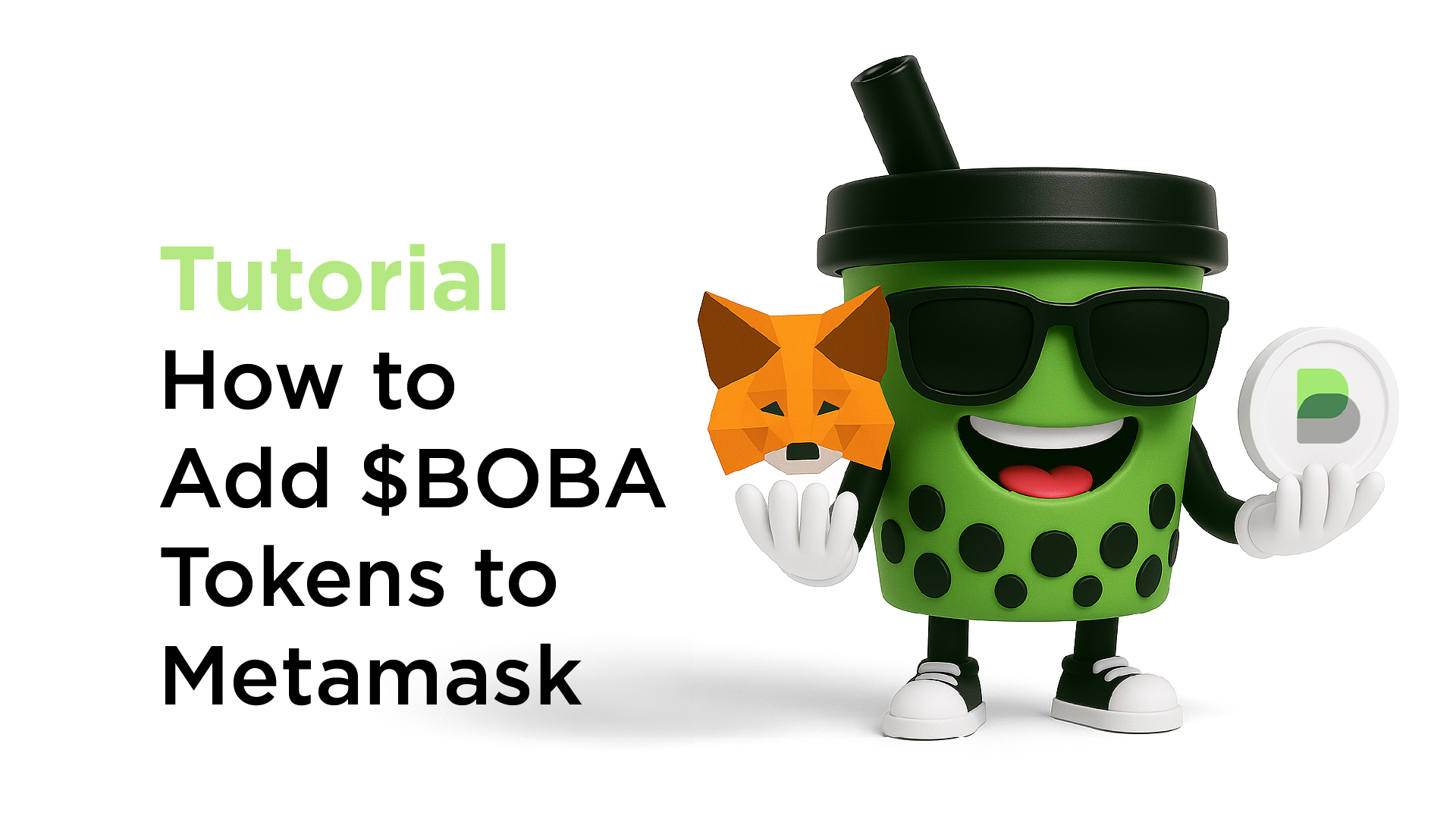Boba Network
Education
For a quick, confident start in crypto.
All you need to become a master is below!
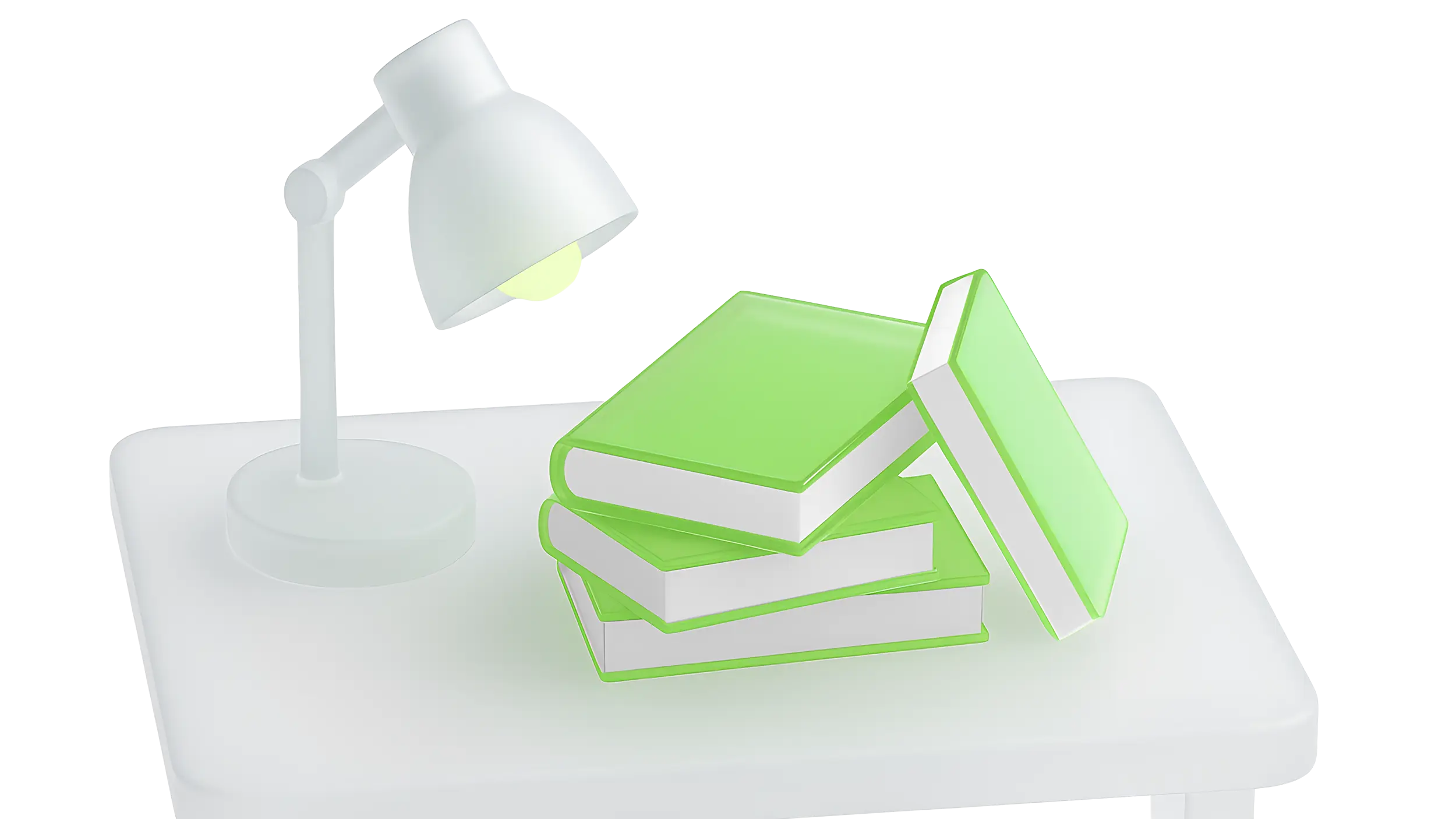
Introduction to Web3
 |
What is Web3? Web3 refers to a vision of a decentralized internet built on blockchain technology, where users have more control over their data and interactions, and where trust and security are inherent in the architecture rather than relying on centralized authorities. It aims to create a more open, transparent, and user-centric web ecosystem. |
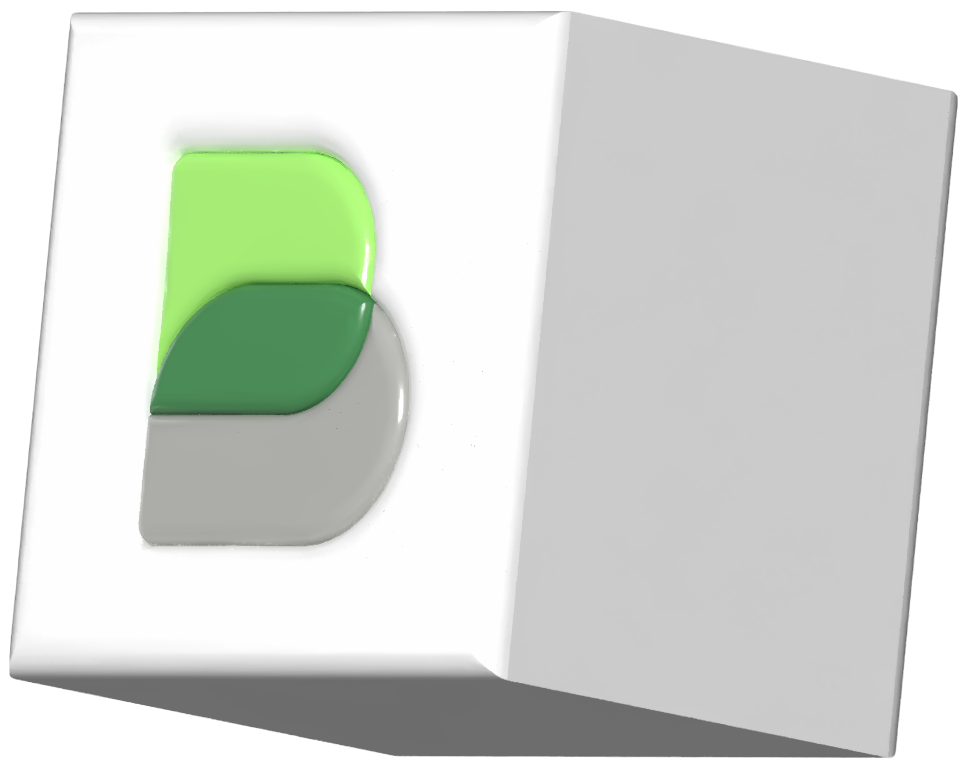 |
What is a blockchain? A blockchain is a digital ledger technology that records transactions across multiple computers in a way that is secure, transparent, and tamper-proof. |
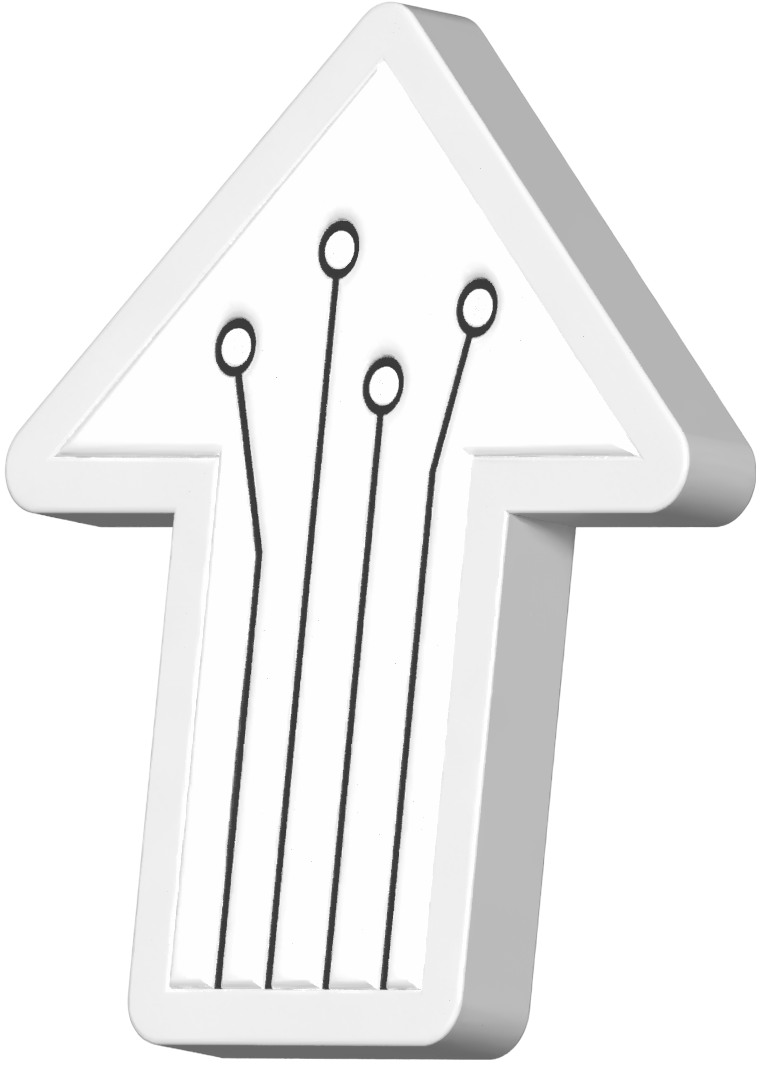 |
What is a layer 2 scaling solution? A layer 2 scaling solution is a method used to increase the transaction capacity and efficiency of a blockchain network by processing transactions off the main blockchain. It’s like adding an extra layer on top of the main blockchain to handle a large number of transactions faster and cheaper. |
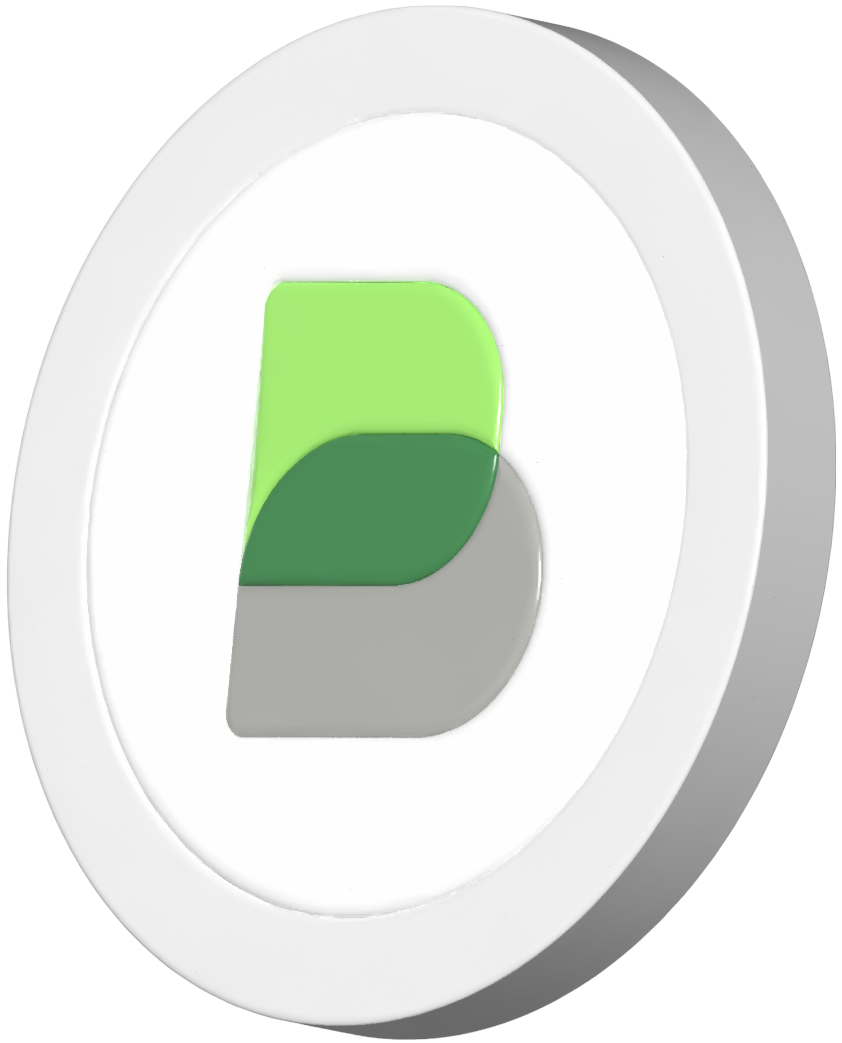 |
What is a cryptocurrency? A cryptocurrency is a digital or virtual currency that uses cryptography for security and operates independently of a central authority. It enables secure and decentralized peer-to-peer transactions over the internet. |
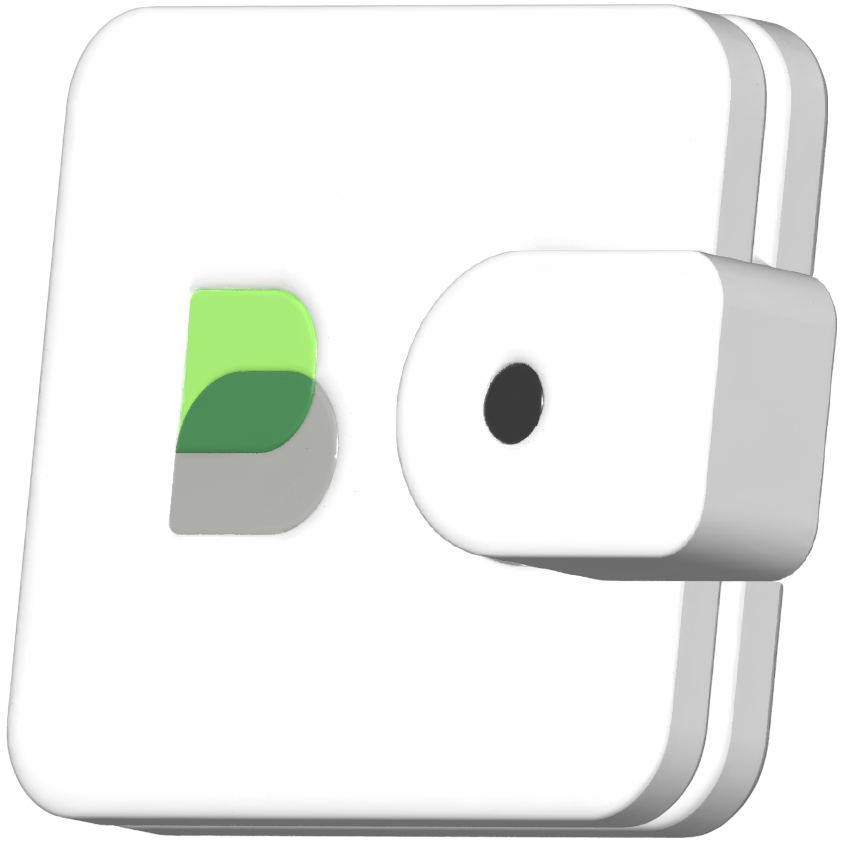 |
What is a crypto wallet? A crypto wallet is a digital tool used to store, send, and receive cryptocurrencies. It securely stores private keys, allowing users to access and manage their digital assets on blockchain networks. This can either be a software wallet (online), or a hardware wallet (actual object in your possession). |
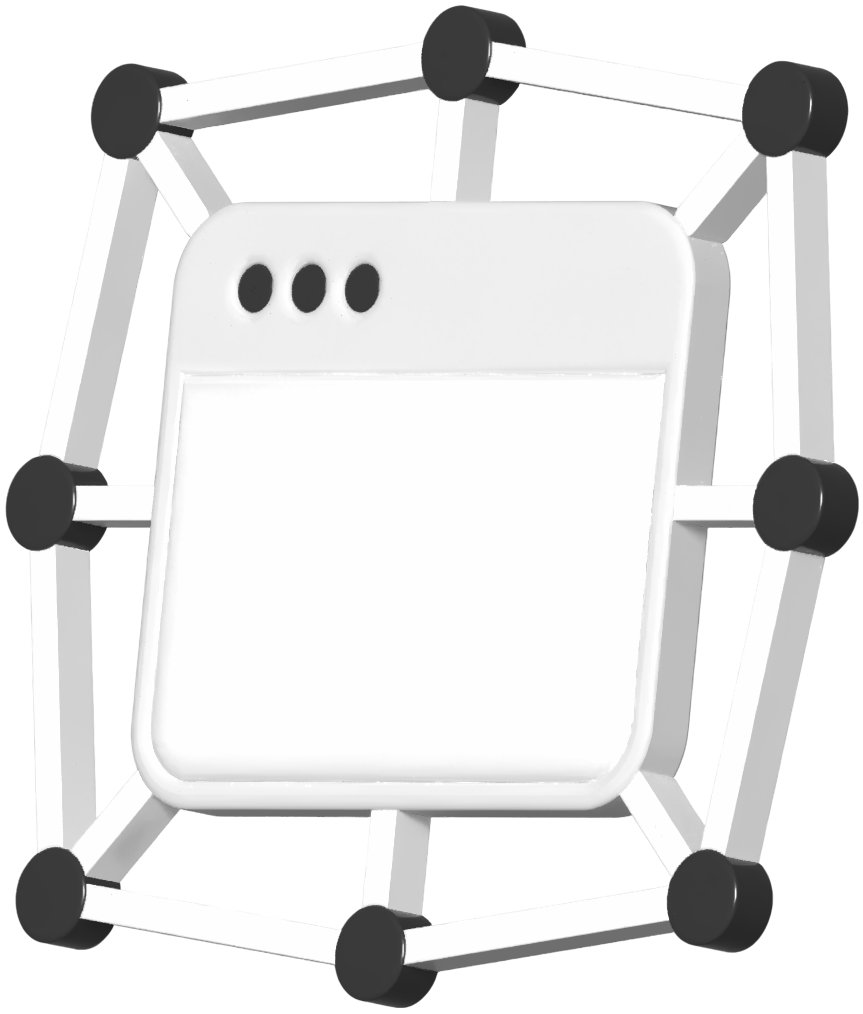 |
What is a dApp? A dApp is a decentralized application, basically, an app that uses the blockchain technology. With dApps you can trade, exchange, lend, borrow your tokens or NFTs, as well as play video games. |
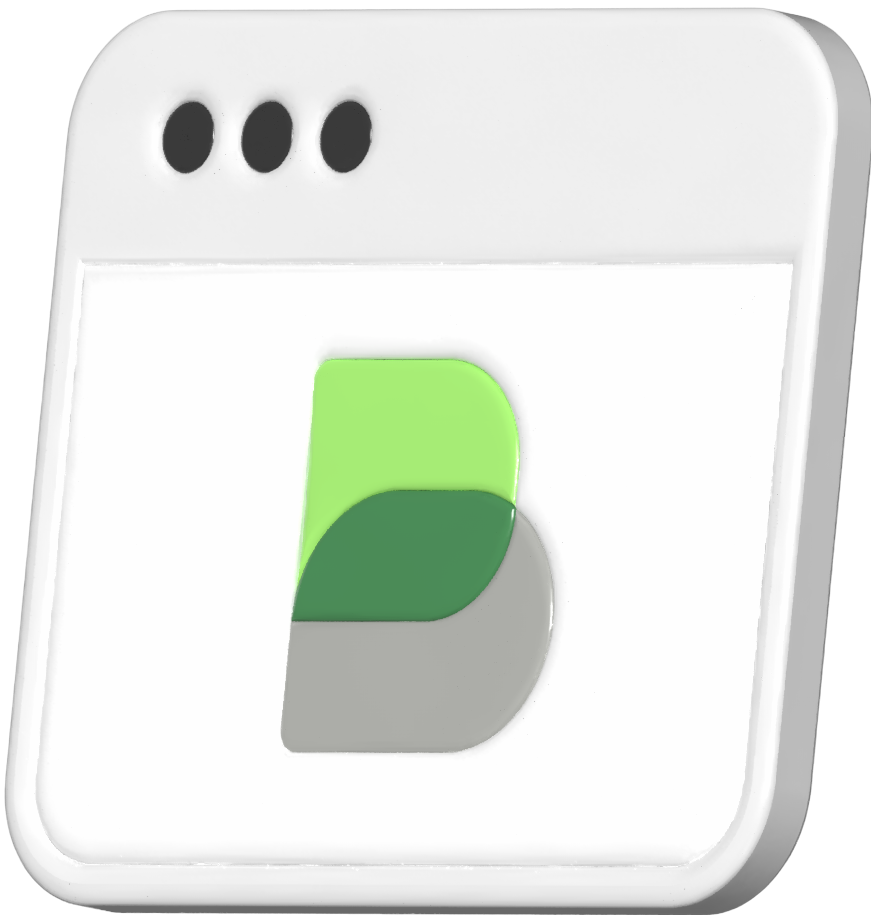 |
What is the Boba Network Gateway? The gateway is the actual platform where you can interact with Boba Network. You can use it to bring your tokens from the layer 1 (Ethereum or Binance Smart Chain) onto the layer 2 (Boba-ETH or Boba-BNB) and vice versa. |
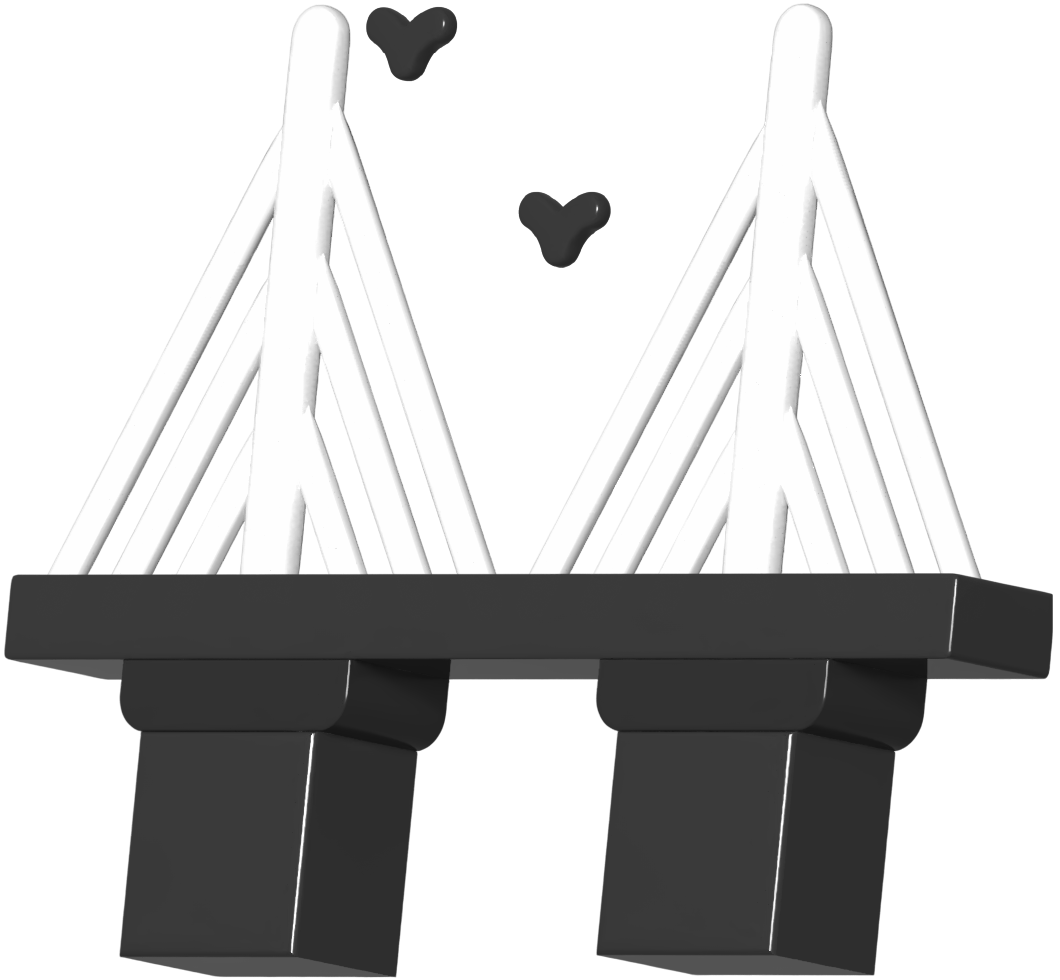 |
What is a Bridge? A bridge is a 3rd party platform that lets you send your tokens/NFTs between blockchains. When you attempt to directly send your tokens/NFTs without using a Bridge, you risk losing them if there is no specific “integration” between the 2 blockchains. |
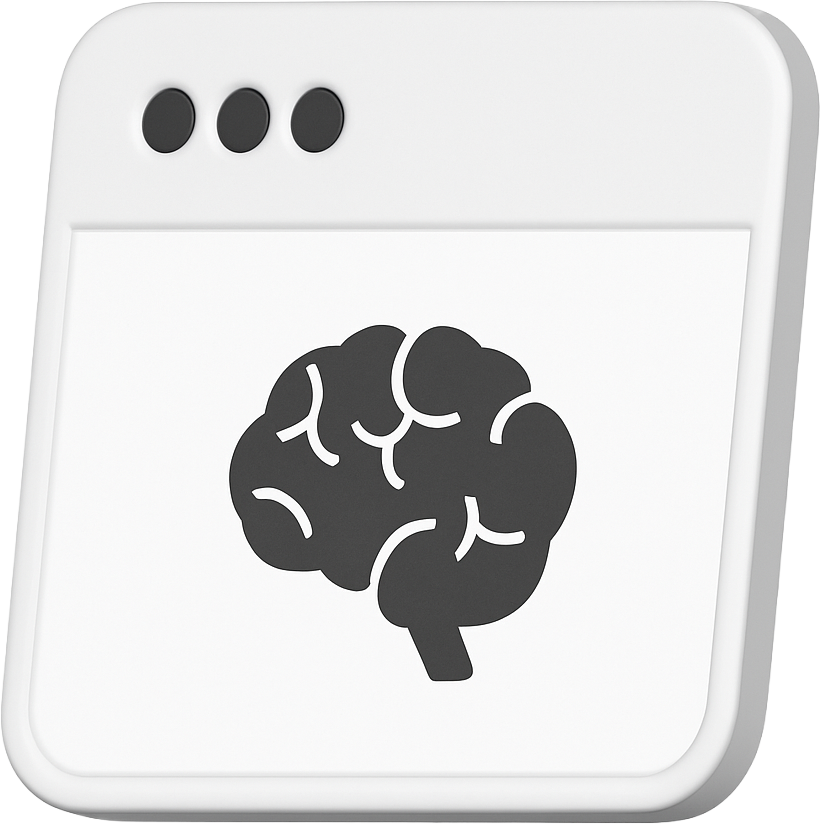 |
What is Account Abstraction? Account Abstraction lets developers build smarter dApps with features like flexible gas payments, easier logins, and stronger security. For users, this means simpler, more seamless interactions without extra complexity. |
Blockchain Terms
What’s better than a well maintained blockchain glossary by our friends at Consensys?
FAQ
What is Boba Network?
Boba is an advanced layer 2 scaling solution that uses the Optimistic Rollup framework, to reduce transaction fees, increase throughput, and expand the capabilities of smart contracts on multiple (EVM) based blockchains. While maintaining the same level of security of the underlying blockchain, known as the base layer. Boba aims to become the universal scaling platform for all blockchains.
What is an Optimistic Rollup?
An Optimistic Rollup is a layer 2 scaling solution that takes the transaction computation “off the main blockchain”. It enables digital assets and transactions to be passed on from blockchain’s mainnet to a separate smart contract, where data can be processed more efficiently, increasing the overall transaction throughput and preventing network congestion.
Who is building Boba Network?
Enya Labs (formerly known as Enya.ai) are the core contributors to the Boba ecosystem.
What projects are built on Boba Network?
Boba is a platform that can execute fully autonomous smart contracts based on Ethereum’s virtual machine (EVM). Meaning, developers on Boba can create decentralized applications the same way they would on EVM-based blockchain protocols. Boba is home to dozens of applications such as decentralized finance, gaming, trading, NFTs and many other services. Discover all the projects that are currently on the Boba ecosystem.
Can Boba run without its base layer?
No. Boba is a layer 2 scaling solution that relies on the security of the consensus mechanism of the underlying base layer. Boba can also be referred to as a child chain. If the underlying blockchain stops producing blocks, then Boba won’t be able to post its transaction data back to L1.
Is Boba Network safe?
Each Boba deployment is as safe as the underlying blockchain. Meaning the Optimistic Rollup framework is safe as long as the underlying blockchain itself is “live” (not actively censoring transactions). This security model is backed by a system of “fraud proofs,” whereby users are paid to reveal bad transaction results published to the Boba Optimistic based chain.
Is Boba Network a competitor to Ethereum based blockchains?
No. Boba is mostly identical to any other EVM-based blockchain. You can use the same wallet software you’re already familiar with. You can create and interact with dApps and Solidity smart contracts, just like you would on Ethereum-based blockchains. But in a cheaper, faster and smarter way. Enhanced with Hybrid Compute Boba enables a more dynamic real-time experience. The only difference is that Boba depends on the security of the underlying blockchain.
What is HybridCompute™?
Hybrid Compute is a system for interacting with the outside world from within Boba L2. Hybrid Compute makes it easy for dApp developers to incorporate the power and depth of Web2 computation and data sources into their projects, accessing real-world data, in real-time and bringing the result back atomically on-chain in a secured and immutable way. Hybrid examples: Machine learning, artificial intelligence systems, state-of-the-art gaming engines, advanced financial modeling tools, social media integrations, random number generators and more. Learn more about Hybrid Compute in the developer docs.
How do I interact with Boba Network?
In order to interact with our Boba deployments you’ll have to create, fund and connect your cryptocurrency wallet to our Boba gateway. We recommend you to follow our series of tutorials (see above on this page) to learn how to onboard onto the Boba Network platform.
Do I need a crypto wallet to use Boba Network?
Yes. If you want to use Boba and connect with dozens of projects, the first step is to create a Web3 wallet. This will allow you to interact with the Boba platform. One of the most popular wallets is MetaMask, which can be used as a browser extension or mobile app. Learn more about a cryptocurrency wallet and follow our step-by step tutorial on setting up a Web3 wallet.
How do I move assets into or out of Boba Network?
Boba lives inside of the underlying blockchain protocol as a series of smart contracts, known as a layer 2 scaling solution. In order to move assets into or out of Boba you have to use a blockchain bridge. You can either use the Boba bridge or a third party bridge. Discover all of our available bridges. Learn more about blockchain bridges or follow our bridge video.
What tokens can I bridge into Boba Network?
The Boba bridge supports the following tokens: BOBA, ETH, WBTC, USDC, USDT, BUSD, DAI, BNB, SUSHI, UNI, LINK, MATIC, BAT, FRAX, FTM, AVAX, GLM, REP, ZRX, DODO, OMG, UMA. See the full list.
Is there a delay moving assets into or out of Boba Network?
It depends on which bridge you use. If you decide to move assets into Boba using the Boba bridge, your assets will arrive in less than 15 minutes. However, when you decide to bridge your assets back to the underlying blockchain, there’ll be a 7-day challenge period. Meaning your funds will arrive into your L1 wallet 7 days after you submitted the withdrawal. For moving assets out of Boba we recommend a third party bridge partner such as the popular across bridge. Your assets will usually be bridged back to L1 in less than 15 minutes, instead of 7 days. As long as there’s enough liquidity in the across liquidity pools. Discover all third party bridges deployed on Boba. Learn more about blockchain bridges or follow our bridge tutorial.
How much does a bridge transaction cost?
It depends on which bridge service you use. If you decide to use the Boba bridge you have to pay the transaction cost of the underlying blockchain. If you decide to use a third party bridge, you should expect additional costs on top of that. This is for the service liquidity pools provide.
Can I transfer my asset directly from Boba to a CEX?
Only if the centralized exchange supports Boba. Otherwise, you’ll have to bridge your assets back to the underlying L1 network, for example Ethereum. And from there you are able to transfer your assets into a centralized exchange. Never transfer assets directly from Boba (L2) to another blockchain, without the use of a bridge interaction (transaction). If you do so, your assets will probably get stuck or become permanently lost.
Can I check my transaction history on Boba Network?
Yes. All Boba deployments have their own block explorer. It allows users to find specific information about the state of Boba’s public ledger. Learn more about block explorers at our Web3 series. Boba Eth explorer, Boba Avax explorer, Boba BNB explorer, Boba Beam explorer, Boba Opera explorer.
Does Boba Network have a native token?
Yes. The Boba foundation launched its native network token called BOBA. It’s an Ethereum based token, also known as an ERC20 token. Meaning that it’s compatible with all the EVM-Blockchain protocols such as Ethereum, Avalanche, Binance, Moonbeam and Fantom. You can find the official token contact here.
What is the purpose of the BOBA token?
BOBA is designed for serving specific use cases in the Boba ecosystem. We at Boba, are always striving to add more utility and expand the token capabilities to its full potential. BOBA can be used for governance, pay network fees, ecosystem growth and much more. Learn everything about BOBA’s use cases.
Where can I buy the BOBA token?
BOBA is available on most of the major markets, both centralized and decentralized. BOBA can be bought directly with fiat or swapped for digital assets. Learn more about cryptocurrencies or follow our step-by-step tutorial on buying crypto.
Do I need to pay for gas on Boba Network?
Yes. To transact on the Boba platform, you are charged a fee. Network fees on all Boba deployments can be paid in BOBA or protocol’s native token such as ETH. We implemented a “dual fee system” where the user has the freedom to choose their preferred payment.
How much does it cost to transact on Boba Network?
It depends on which Boba deployment you are using. Each underlying settlement layer has its own transaction costs, which means that each Boba deployment has a different security cost to successfully run the network. In general a Boba deployment is 10x to 60x cheaper than its underlying settlement layer. You can check the amount of gas you’re saving on Boba using L2 fees or the Boba gateway.
Can I cancel transactions on Boba Network?
No. A transaction cannot be canceled once it successfully has been submitted.
Is it possible to swap tokens on Boba Network?
Yes. Depending on which Boba deployment, we offer a variety of popular and native swapping options. Such as Sushi, Firefly, Unidex, Oolongswap, and much more. Discover all the trading services at the Boba dApps page.
Can I create my own ERC20 token on Boba Network?
Yes. If you have the knowledge of deploying a token contract, you are good to go!
Does Boba Network support NFTs?
Yes. Boba is completely NFT compatible. Meaning it supports the ERC721 token standard. Which is the standard for representing ownership of non-fungible tokens. You can discover all the available NFT marketplaces on our dApp page and buy or sell NFTs.
Can I mint my own NFT on Boba Network?
Yes. You can write and deploy a Non Fungible Token (ERC721) contract on Boba. Learn more on deploying your own NFT minting contract.
Can I bridge my NFTs into and out of Boba Network?
Yes. But not all NFTs are bridgeable. Developers must use a specialized NFT contract to enable this functionality. Next to that, the NFT must consist of two bridge contracts, deployed on both L1 and L2. Bridging an NFT to Boba takes several minutes, and bridging an NFT from Boba back to L1 takes 7 days. Learn more on how to bridge NFTs.
Can I play games on Boba Network?
Yes. Boba created a Web3 gaming section where players can play web based games, have full control over their in-game items, collectibles and NFTs. Check out our games.
